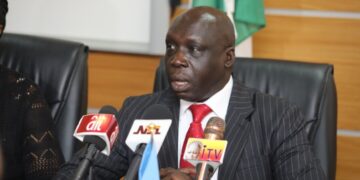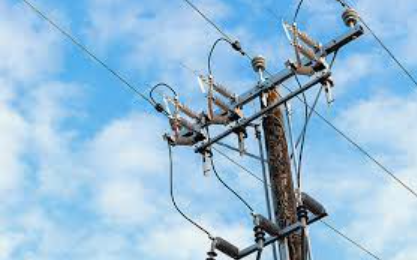The Nigerian Electricity Regulatory Commission (NERC) has unveiled its operational performance report for September 2024, shedding light on the state of the national grid and key developments in the country’s power sector. According to the commission, the most recent grid collapse, which occurred on Saturday, was triggered by a current transformer explosion.
Despite significant investment in Nigeria’s power sector, grid collapses remain a frequent issue. In fact, the national grid has collapsed 105 times under the administrations of President Bola Tinubu and his predecessor, Muhammadu Buhari, according to a report by The PUNCH on Monday.
NERC’s factsheet, shared on its X account, provides a detailed performance review of Nigeria’s 28 grid-connected power plants. The report highlights a 41% plant availability factor in September, marking a 5% improvement over the previous month. The country’s average available capacity rose by 14%, reaching 5,533 MW, while average hourly power generation increased by 8%, amounting to 4,492 MWh/h.
While this reflects promising progress, it remains insufficient to meet the growing energy demand of Nigeria’s population. Grid-connected plants such as Egbin ST, with a 45% availability factor, and Azura IPP, operating at an impressive 98% capacity availability, contributed significantly to power generation. However, other plants struggled; Sapele ST, Geregu NIPP, and Olorunsogo NIPP recorded alarmingly low performance, with Sapele ST managing only a 17% availability factor. Even more concerning was Alaoji NIPP, which had a 0% availability factor, failing to generate any power in September.
The factsheet also reveals grid stability challenges. While grid frequency remained relatively stable at 50.80 Hz, close to the target of 50.25 Hz, voltage instability continues to plague the system. Recorded voltage fluctuations of 349.87 kV exceeded both the upper and lower thresholds, leading to frequent outages and potential damage to electrical equipment.
Top performers like Azura IPP and Odukpani, with near-perfect load factors of 100%, maximized their available capacity, showcasing the potential for consistent power output. In contrast, underperforming plants like Sapele ST and Olorunsogo NIPP struggled to maintain stability, contributing to the risk of grid collapses.
Despite these challenges, the report indicates that improvements are being made in Nigeria’s power generation capabilities. However, underperforming plants and grid voltage fluctuations highlight the need for further investment, better maintenance, and a shift towards renewable energy to stabilize the grid and meet the country’s energy needs. Until such reforms are implemented, the risk of national grid collapses will continue to loom over Nigeria’s power sector.
In a nation where reliable electricity is crucial for economic growth, resolving these issues has become more urgent than ever.
























